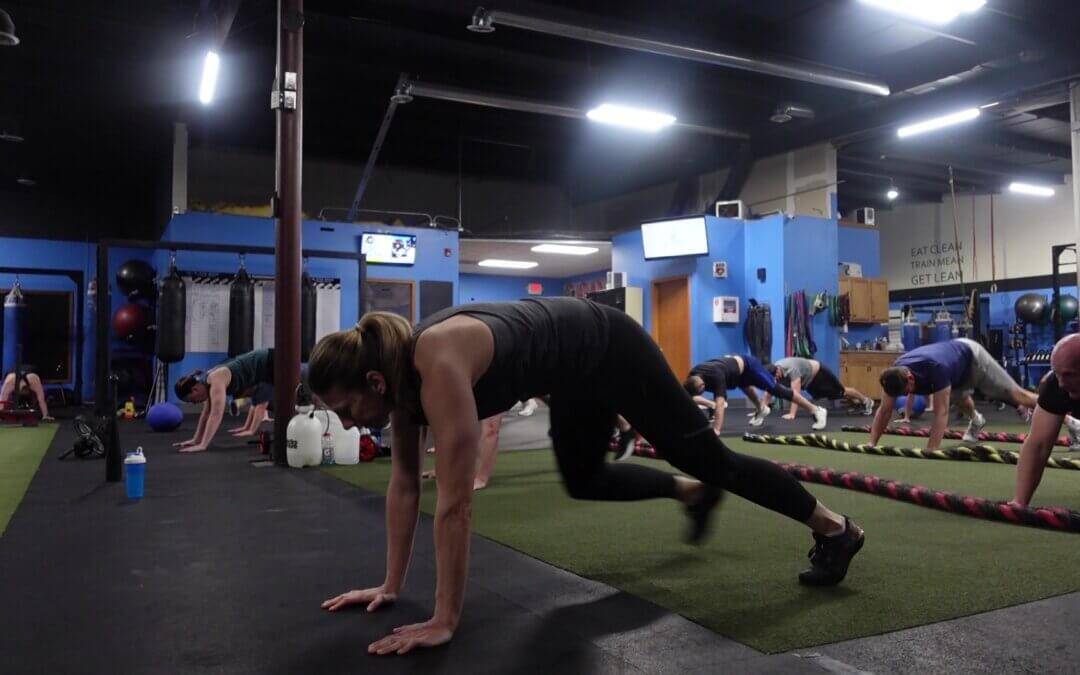Quick Tips To Create A Fat Burning Cardio Circuit
If you’re on a mission to melt body fat, one type of workout program that you might want to consider is a fat burning cardio circuit. Many people often find they fall off the cardio bandwagon simply because they grow bored with their process.
Day in and day out, getting stuck on the cardio equipment can be a real drag – and something that you come to dread.
The day that cleaning the house seems more appealing than getting your cardio session in is the day that you know it’s time for a change.
A fat burning cardio circuit could be just the change that’s needed.
So how do you go about creating and performing a fat burning cardio circuit? Let’s give you a few of the main concepts to remember.
Alternate Between Upper And Lower Body Movements
The very first thing that you should make sure you’re doing for a cardio circuit is alternating between upper and lower body exercises. While lower body movements are going to tend to get the heart rate up higher so will be slightly more superior for cardiovascular benefits, you don’t want to neglect your upper body as well.
The good thing is that while the lower body is resting, you can be working the upper body to ensure that you’re still burning calories as you go.
Add In Some Plyometric Exercises
Next, another thing to consider is incorporating some plyometric exercises into the cardio circuit mix. These are going to help to boost your heart rate much higher and really work on developing good strength and power.
For anyone involved in a sport of any kind, plyometrics will definitely help out. Excellent plyometric exercises to incorporate in include jump squats, jump lunges, clap push-ups, or burpees.
All will work on your rebounding ability and get those fast twitch muscles working hard.
Do Core Work When You Need To Rest
Finally, the last thing that you should keep in mind as you go about your cardio circuit training workout program is that if you do have to take a short rest break for any reason, you should aim to perform some core exercises during this time rather than just breaking entirely.
This will help to keep the body moving and prevent blood from pooling due to the sudden stop in activity.
Plus, since core exercises typically don’t work the upper and lower body to a large extent, this will easily allow those areas of the body to recover while you perform them. Then once that core exercise is completed, you can get right back on track and continue on performing the major exercises in your cardio circuit.
Remember that if you are using a number of strength based movements, you’ll want to try and space this out from your main weight lifting sessions as well in order to prevent overtraining from taking place. Rest is a vital component of success as well.
So there you have it! A few important things to keep in mind as you develop a non-traditional cardio circuit workout to add into your regular workout routine.

